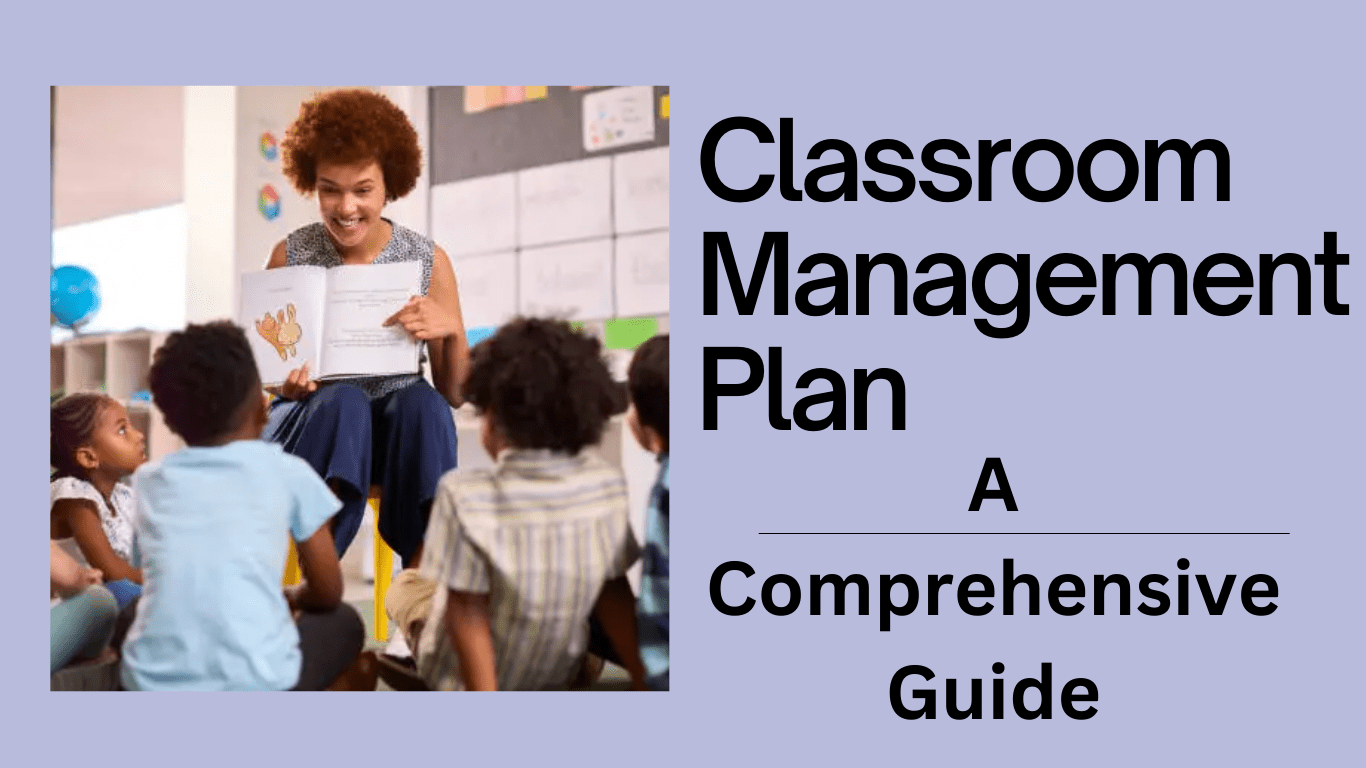Classroom management is a crucial aspect of effective teaching. Without proper organization and control, a classroom can become chaotic, hindering the learning experience for both students and teachers. A well-structured classroom management plan is essential to create a positive and conducive learning environment. In this article, we will explore the key components of a successful classroom management plan and provide practical tips for its implementation.
Introduction
Creating an effective classroom management plan is essential for maintaining an optimal learning environment. It not only helps in keeping the classroom organized but also contributes to building positive teacher-student relationships and enhancing student engagement.
The Importance of a Classroom Management Plan
A well-structured classroom management plan serves as a roadmap for both teachers and students. It sets the tone for behavior expectations, creates a sense of consistency, and minimizes disruptions, enabling teachers to focus on delivering quality instruction.
Creating Your Classroom Management Plan
Defining Clear Expectations
Clearly outlining classroom expectations is the foundation of any successful management plan. Students should know what behavior is expected of them, both academically and socially. By setting these expectations, teachers provide a framework that promotes respect, responsibility, and accountability.
Establishing Rules and Consequences
Having a set of well-defined rules and consequences helps students understand the boundaries. Rules should be specific and positively framed, focusing on desired behaviors. Consequences should also be clearly stated, ensuring that students comprehend the outcomes of their actions.
Designing a Reward System
Incorporating a reward system can be motivating for students. Acknowledging and celebrating positive behaviors through rewards, such as praise, small incentives, or recognition, encourages students to consistently exhibit desired conduct.
Organizing the Physical Classroom
The physical layout of the classroom plays a significant role in management. A well-organized classroom with designated spaces for different activities fosters a sense of structure. Materials and resources should be easily accessible, reducing disruptions during lessons.
Utilizing Seating Arrangements
Strategic seating arrangements can influence classroom dynamics. Grouping students based on their learning styles and personalities can enhance collaboration and minimize distractions. Individualized attention becomes more manageable when students are seated appropriately.
Effective Communication Strategies
Active Listening
Effective communication begins with active listening. Paying full attention to students’ thoughts and concerns fosters trust and mutual understanding. This practice helps teachers identify potential issues and address them promptly.
Encouraging Student Participation
Encouraging students to actively participate creates a sense of ownership in their learning journey. Allowing them to share their thoughts, ask questions, and contribute to discussions empowers them and promotes a positive classroom atmosphere.
Providing Constructive Feedback
Feedback should be constructive, specific, and focused on growth. Recognizing students’ efforts and offering suggestions for improvement motivates them to enhance their skills. Feedback can be verbal, written, or even peer-assessed.
Managing Classroom Activities
Time Management
Efficient time management ensures that lessons stay on track and transitions are smooth. Teachers should allocate sufficient time for each activity, considering potential challenges or questions that may arise.
Group Work and Collaboration
Group activities encourage teamwork and social interaction. However, clear instructions, group roles, and assessment criteria should be established to ensure that collaborative tasks contribute to the learning objectives.
Handling Transitions
Transitions between activities or subjects can be disruptive if not managed well. Using transition cues, such as a timer or a specific signal, can help students smoothly switch their focus without losing valuable learning time.
Dealing with Challenging Behaviors
Identifying Common Behaviors
Understanding common challenging behaviors, such as disruptions, disengagement, or conflicts, enables teachers to address them effectively. Identifying the root causes helps in developing appropriate intervention strategies.
Implementing Intervention Strategies
Interventions can include redirecting behaviors, offering additional support, or providing alternative assignments. Tailoring interventions to individual needs increases their effectiveness in managing and reducing challenging behaviors.
Involving Parents and Guardians
Collaboration with parents and guardians is crucial. Sharing observations, discussing strategies, and seeking their input creates a united front in managing behaviors both at school and home.
Adapting to Remote Learning
Utilizing Technology
Remote learning requires leveraging technology for communication and instruction. Utilizing online platforms, interactive tools, and multimedia resources keeps students engaged and connected in virtual classrooms.
Maintaining Engagement
Maintaining student engagement in remote settings can be challenging. Incorporating diverse activities, encouraging discussions, and providing timely feedback helps recreate an interactive learning environment online.
Assessment and Reflection
Monitoring Student Progress
Regularly assessing student performance allows teachers to track progress and identify areas that need attention. This data-driven approach helps in adapting teaching strategies to better meet students’ needs.
Reflecting and Adjusting
Reflection is key to continuous improvement. Teachers should regularly evaluate the effectiveness of their management strategies and make necessary adjustments based on student responses and outcomes.
Conclusion
A well-designed classroom management plan is the cornerstone of a successful learning environment. By setting clear expectations, promoting positive behaviors, and adapting to changing circumstances, teachers can create a space where students thrive academically and socially.
Frequently Asked Questions
- What is the role of a classroom management plan?
A classroom management plan outlines behavior expectations, promotes consistency, and creates a conducive learning environment. - How can I handle disruptive behaviors in the classroom?
Address disruptive behaviors by identifying their causes, implementing appropriate interventions, and involving parents when necessary. - Is a reward system effective for classroom management?
Yes, a reward system can motivate students to exhibit positive behaviors and actively participate in the learning process. - What strategies can help in managing remote classrooms?
Utilizing technology, maintaining engagement through interactive activities, and regular communication are essential for remote classroom management. - Why is active listening important in classroom management?
Active listening fosters trust, understanding, and open communication between teachers
